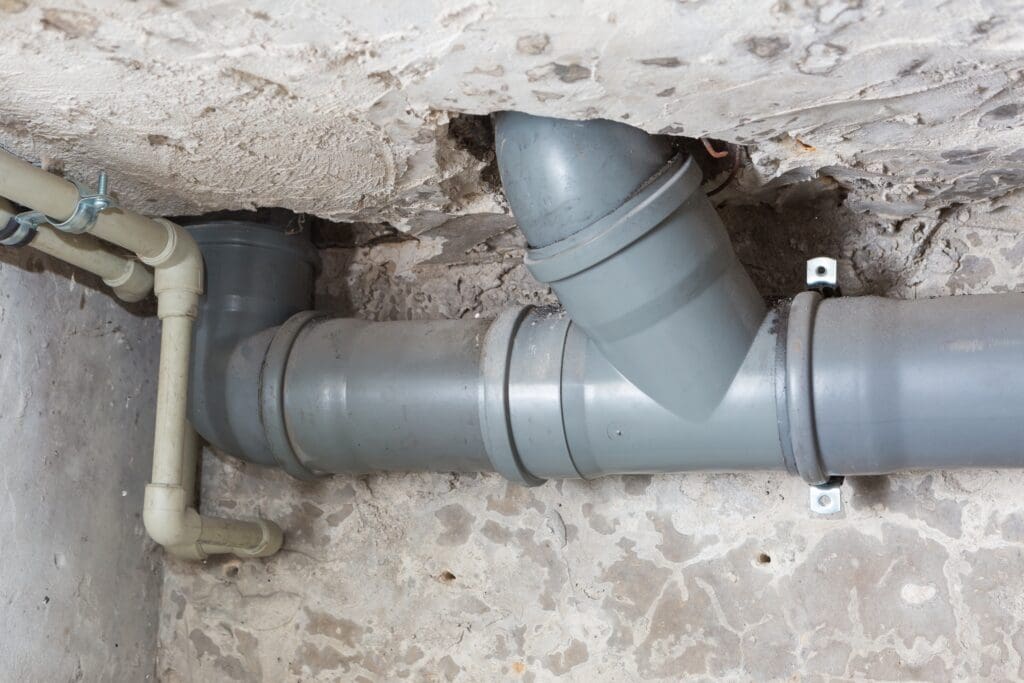Every person has got their personal rationale on the subject of How Does the Plumbing Work in Your Home?.

Plumbing is a necessary element of any type of home, in charge of providing clean water for drinking, food preparation, and bathing, along with eliminating wastewater safely. Understanding the basics of home plumbing is necessary for each house owner to make sure correct maintenance, troubleshooting, and, if needed, fixings. In this beginner's guide, we'll cover the basic ideas of home plumbing to assist you become extra familiar with how it functions.
Water System System
The supply of water system brings clean water into your home from a metropolitan water source or a personal well. It consists of a major water line that links to your home's plumbing system, usually situated underground. A water meter gauges the amount of water eaten, while a shut-off shutoff allows you to regulate the flow of water right into your home.
Plumbing Fixtures
Plumbing components are devices that supply water to various parts of your home and consist of sinks, taps, bathrooms, showers, bathtubs, and home appliances such as dishwashers and washing machines. Each component is linked to the water system through pipes and fittings and may have its shut-off valve for upkeep or emergencies.
Water Heater
The water heating unit is accountable for home heating water for domestic use, consisting of bathing, cooking, and cleansing. Common kinds of hot water heater include tank-type hot water heater, tankless (on-demand) hot water heater, and heat pump water heaters. The water heater is attached to the supply of water system and delivers warm water to plumbing fixtures as required.
Drain System
The drain system eliminates wastewater from your home and carries it away to a sewage treatment facility or septic tank. It includes a network of pipelines, fittings, and components that transport wastewater from plumbing fixtures to the major drain line or septic system. Appropriate water drainage is necessary to prevent obstructions, backups, and sewer leakages.
Ventilation System
The air flow system helps preserve correct air pressure and stop sewer gases from entering your home. Vent pipelines, also called air vent heaps, prolong from plumbing components to the roofing, permitting drain gases to run away securely outside. Air flow pipelines additionally allow air to enter the drain system, assisting in smooth wastewater circulation and stopping suction or vacuum cleaner results.
Usual Plumbing Devices
Having the right devices on hand is essential for doing standard plumbing repair services and upkeep tasks. Common plumbing tools include flexible wrenches, monkey wrench, pliers, pipe cutters, hacksaws, plungers, augers (or drainpipe serpents), and Teflon tape. Having these devices readily available can assist you deal with small plumbing concerns efficiently.
Fundamental Plumbing Repair Work
While some plumbing repairs might require professional help, lots of usual issues can be addressed with fundamental do it yourself techniques. Discovering how to deal with a leaky tap, unblock a drainpipe, change a commode flapper, or fix a trickling showerhead can save you time and money on plumbing repair work.
Verdict
Recognizing the essentials of home plumbing is necessary for each property owner to maintain a risk-free, functional, and efficient plumbing system. By acquainting yourself with the supply of water system, plumbing fixtures, drainage system, air flow system, usual plumbing devices, and basic repair work, you can confidently deal with minor plumbing concerns and guarantee your home's plumbing system operates smoothly.
Understanding Basics of Home Plumbing System: A Beginner's Guide
The Main Components of Your Home Plumbing System
The Water Supply System
This system is responsible for transporting fresh water into your home. It usually has a main water line that splits into two branches: one directed towards cold water services and the other connected to a water heater for hot water. The pressure is key here; it ensures water reaches all parts of your house.
The Drainage System
Once water has been used, it becomes wastewater that needs to be removed from your home. This is where the drainage system comes into play. It includes all the pipes that carry wastewater and sewage away from your house to sewage treatment facilities or septic tanks.
The Vent System
The vent system prevents sewer gases from entering your home and helps maintain the pressure balance that allows wastewater to flow out properly. These vents usually exit through the roof of your house.
Water Heating System
For those who enjoy hot showers or using hot water for cleaning, the water heater is a crucial part of the plumbing system. It can be a tankless system, which heats water on demand, or a traditional water tank model.
Common Plumbing Problems and Basic Troubleshooting
Plumbing systems, while designed to be durable, can face issues like clogged drains, leaky faucets, or low water pressure. Here are some basic troubleshooting tips:
Clogged Drains
Use a plunger or a plumber's snake to try and dislodge whatever is blocking the drain. Regular cleaning can prevent clogs.
Leaky Faucets
Often caused by worn-out washers or gaskets, these can usually be replaced by someone with basic DIY skills.
Low Water Pressure
This might be due to sediment build-up in your fixtures or a leak somewhere in your water line. Cleaning out aerators or seeking a professional to detect leaks might be necessary.
Preventive Maintenance Tips
Maintaining your plumbing system is key to avoiding emergencies. Regularly check for leaks, avoid disposing of grease down the sink, and have your system inspected by a professional plumber at least once a year.

I came across that entry on Understanding the Basics of Your Home's Plumbing System while doing a lookup on the search engines. Sharing is nice. One never knows, you might be doing someone a favor. Many thanks for your time invested reading it.
Click Here